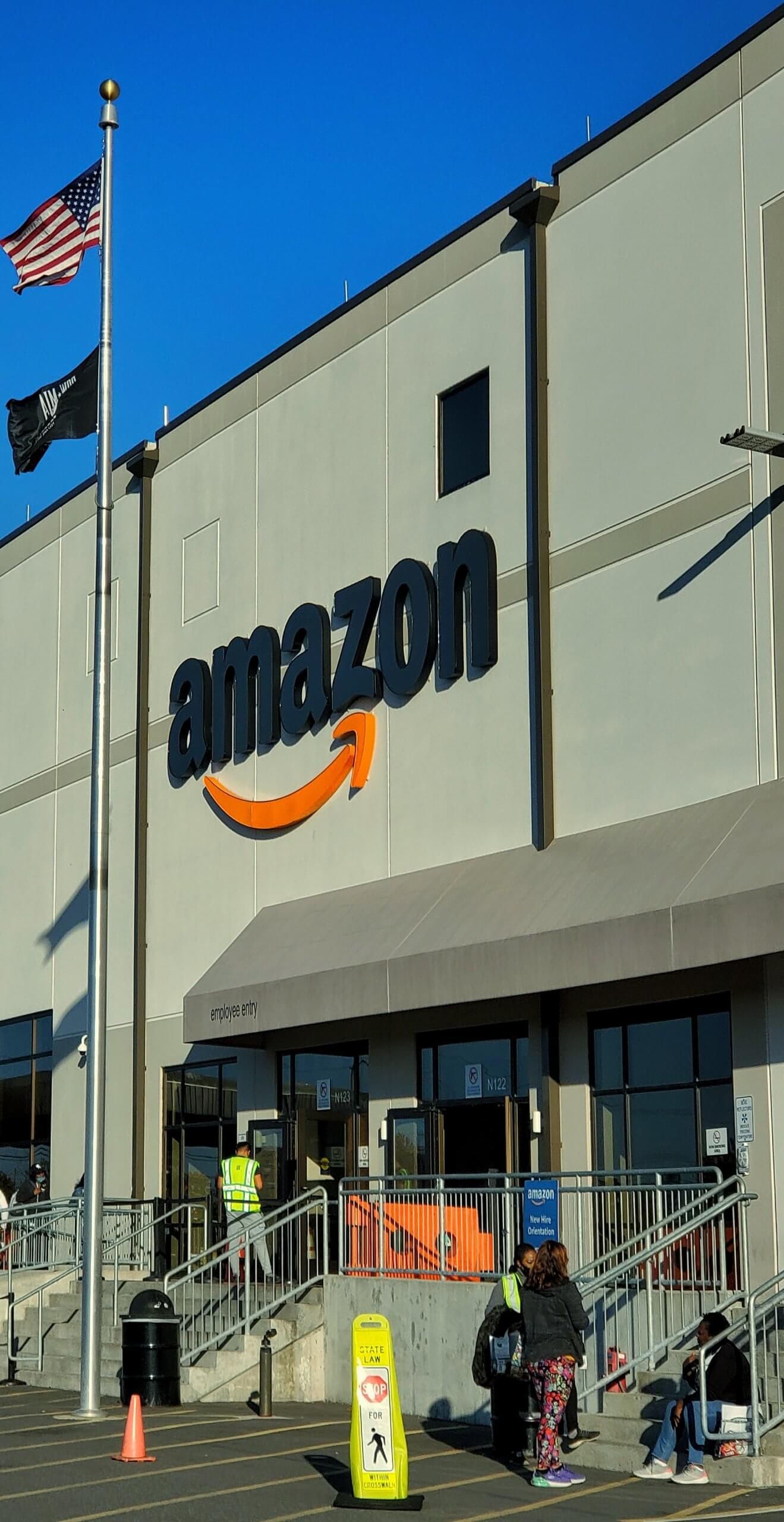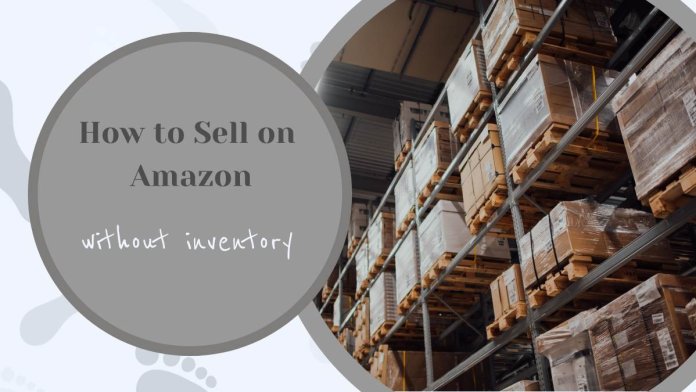Selling on Amazon has become a popular way for entrepreneurs and small business owners to start their e-commerce businesses. While traditional selling on Amazon requires holding inventory and shipping products, there is a lesser-known method that allows sellers to sell on Amazon without inventory. This method is called drop shipping, and in this article, we will provide a comprehensive guide on how to sell on Amazon without inventory through dropshipping.

What is Dropshipping?
Dropshipping is a retail fulfillment method where a seller doesn’t hold any inventory but instead works with a supplier that ships the products directly to the customer. In simple terms, the drop shipper acts as a middleman between the supplier and the customer. The supplier is responsible for storing the products and shipping them out to customers when orders are placed. The drop shipper, on the other hand, takes care of the sales and marketing, as well as the customer service aspects of the business.
Why Dropship on Amazon?
Dropshipping on Amazon offers several benefits for sellers. First and foremost, it allows sellers to start a business with minimal investment. Since sellers don’t need to hold any inventory, they don’t need to invest money upfront to purchase products. Additionally, sellers don’t need to worry about storing products or handling shipping, which reduces overhead costs.
Another benefit of dropshipping on Amazon is the ability to test products easily. Since sellers can easily add or remove products from their inventory, they can quickly test different products and see which ones sell well. This allows sellers to pivot their business and adjust their product offerings based on customer demand.

Step-by-Step Guide to Selling on Amazon without Inventory through Dropshipping
Step 1: Set up an Amazon Seller Account
The first step to selling on Amazon is to set up an Amazon Seller Account. This account is required to sell on Amazon, and it’s free to sign up. To create an account, go to the Amazon Seller Central website and follow the prompts to sign up. Once your account is set up, you can start creating your product listings.
Step 2: Choose a Niche and Find a Supplier
The next step is to choose a niche for your business and find a supplier that offers products in that niche. It’s important to choose a niche that you are passionate about and that has a demand in the market. Once you have identified a niche, you can start researching suppliers that offer products in that niche. Some popular dropshipping suppliers include AliExpress, Oberlo, and Spocket.
Step 3: Create Product Listings on Amazon
Once you have found a supplier and identified products that you want to sell, you can create product listings on Amazon. To create a product listing, go to your Amazon Seller Central account and select the option to create a new listing. You will need to provide information such as the product name, description, and images. It’s important to optimize your product listings with relevant keywords to increase visibility and attract potential customers.
Step 4: Price Your Products
When setting prices for your products, it’s important to consider both the cost of the product and the shipping fees. Since you will be paying the supplier for the product and shipping directly to the customer, you need to factor in these costs when setting your prices. Additionally, it’s important to research the competition to ensure that your prices are competitive in the market.
Step 5: Promote Your Products
To attract customers and generate sales, it’s important to promote your products on Amazon. Some ways to promote your products include running Amazon PPC ads, optimizing your product listings with relevant keywords, and using social media to drive traffic to your Amazon listings. It’s important to continually test and optimize your promotions to ensure that you are generating a positive ROI.
Step 6: Manage Customer Service
As a drop shipper on Amazon, you are responsible for managing customer service. This includes responding to customer inquiries, addressing any issues or concerns, and handling returns and refunds. It’s important to have clear communication with your supplier to ensure that orders are fulfilled and shipped on time, and to maintain a high level of customer satisfaction.
Step 7: Analyze and Adjust Your Business
As with any business, it’s important to continually analyze and adjust your strategy to ensure that you are meeting your goals and generating a profit. Some metrics to track include sales, profit margins, and customer feedback. Based on this data, you can adjust your product offerings, pricing strategy, and marketing efforts to optimize your business for success.
Selling on Amazon without inventory through dropshipping offers a low-risk, low-investment way to start an e-commerce business. By following these steps, you can set up a successful dropshipping business on Amazon and start generating sales. However, it’s important to keep in mind that dropshipping on Amazon is a highly competitive market, and success requires a combination of strategy, persistence, and adaptability. By staying up-to-date with industry trends and continually optimizing your business, you can achieve success and build a profitable e-commerce business on Amazon.
